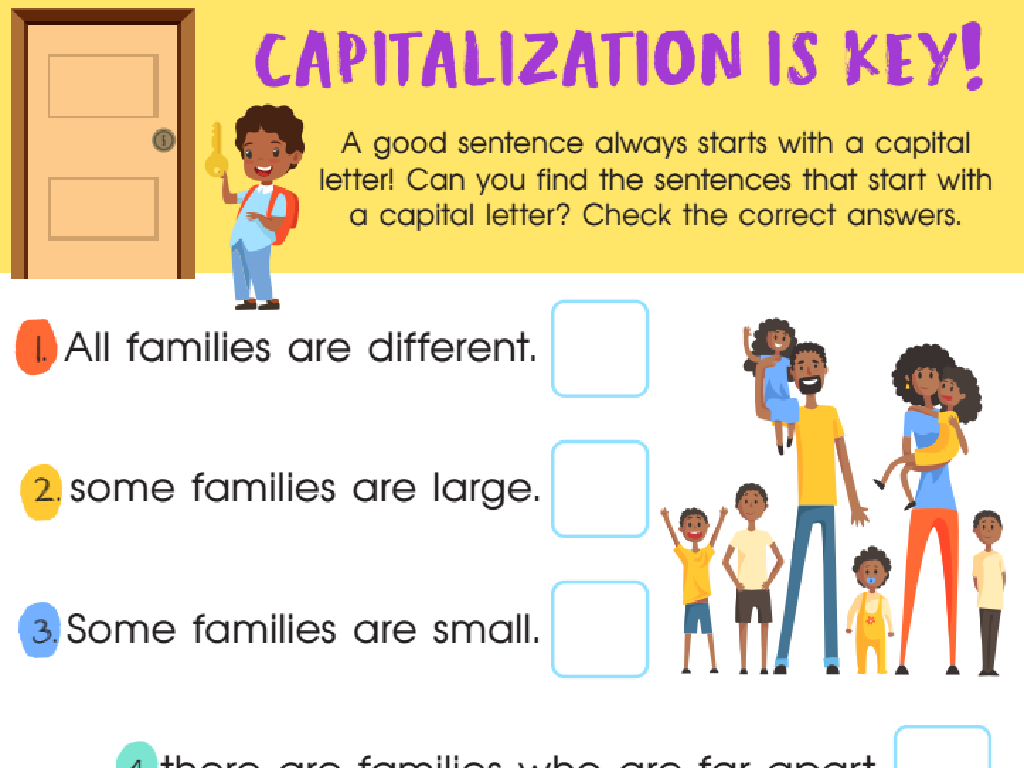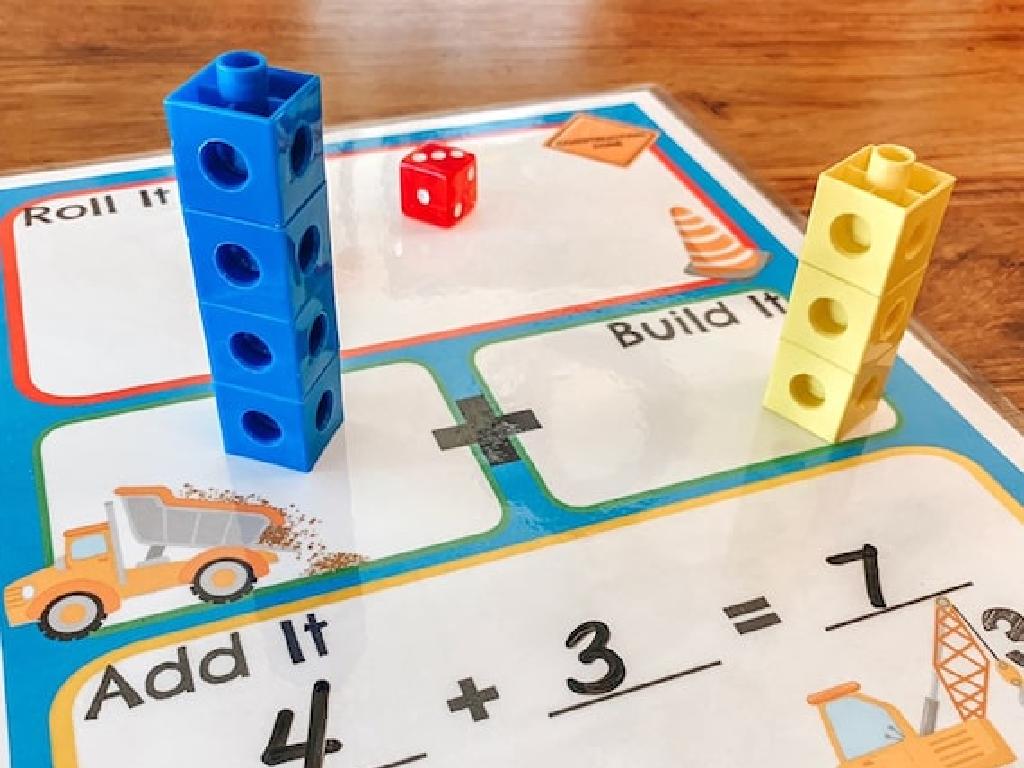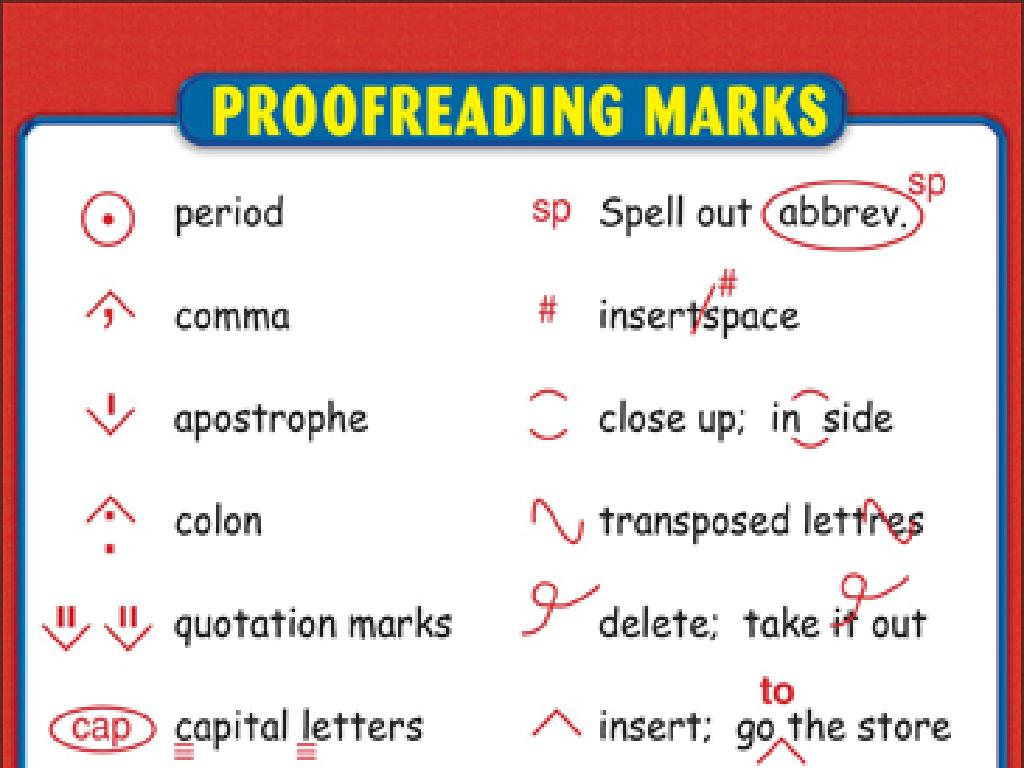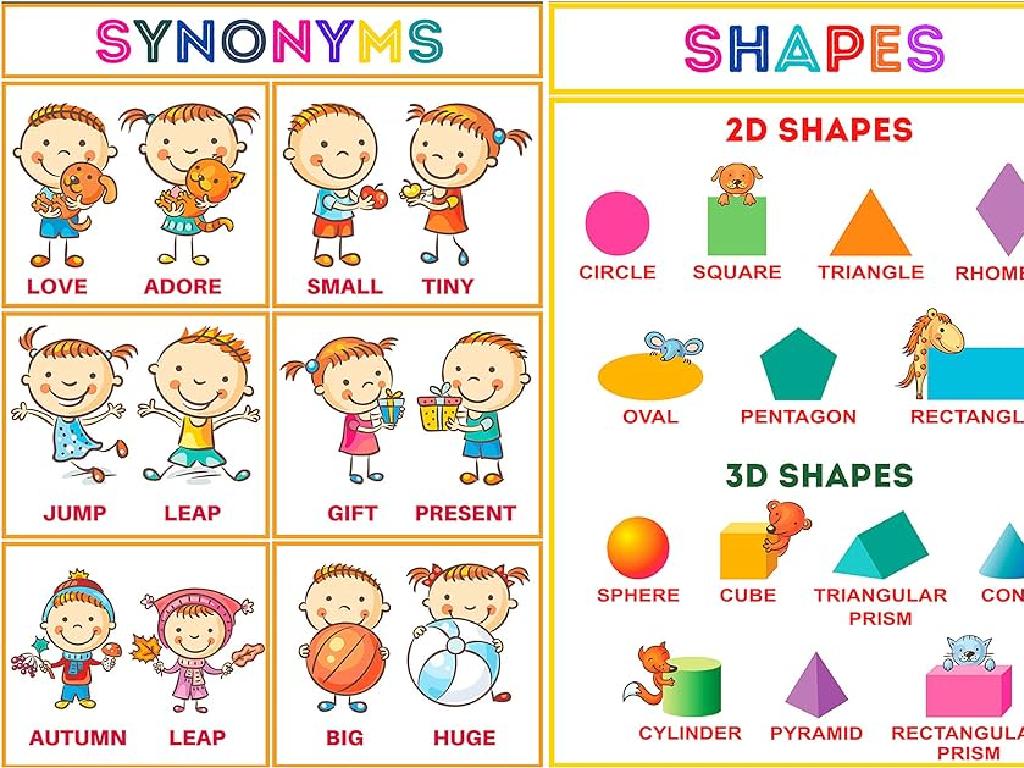Arithmetic Sequences
Subject: Math
Grade: Seventh grade
Topic: Sequences
Please LOG IN to download the presentation. Access is available to registered users only.
View More Content
Welcome to Sequences!
– Understanding patterns in sequences
– Patterns are regular arrangements that repeat.
– Defining a mathematical sequence
– A sequence is an ordered list of numbers.
– Real-life sequence examples
– Examples: Days of the week, counting by twos.
– Exploring sequence applications
– Sequences help in planning and predictions.
|
This slide introduces the concept of sequences within mathematics, emphasizing their importance in understanding patterns and order. Begin by discussing what patterns are and how they appear in sequences. Define a sequence in mathematical terms, ensuring students grasp that it is a specific arrangement of numbers in a particular order. Provide relatable examples such as the progression of days or counting by twos to illustrate sequences in a context familiar to seventh graders. Highlight how recognizing and understanding sequences can be applied in real-life situations, such as scheduling events or making predictions based on known patterns. Encourage students to think of other examples where sequences play a role in their daily lives.
Exploring Arithmetic Sequences
– Define arithmetic sequence
– A sequence with a constant difference between terms
– Identify the common difference
– The steady increment between numbers in the sequence
– Understand the sequence formula
– Use a_n = a_1 + (n-1)d to find the nth term
– Practice with examples
– Apply formula to find terms in sequences like 2, 4, 6, 8
|
Introduce the concept of arithmetic sequences by defining them as a series of numbers with a consistent interval between each term. Explain that this interval is known as the common difference and is a key characteristic of these sequences. Present the arithmetic sequence formula, a_n = a_1 + (n-1)d, where ‘a_n’ is the nth term, ‘a_1’ is the first term, ‘n’ is the term number, and ‘d’ is the common difference. Provide examples of arithmetic sequences and guide students through the process of applying the formula to find specific terms in a sequence. Encourage students to create their own sequences and practice using the formula to deepen their understanding.
Exploring Arithmetic Sequences
– Recognize arithmetic sequences
– Practice with real examples
– Use sequences like 2, 4, 6, 8 to find patterns
– Group activity: Identify sequence traits
– Work together to find common differences
– Discuss sequence characteristics
– Share findings on what makes a sequence arithmetic
|
This slide aims to deepen students’ understanding of arithmetic sequences through examples, practice, and collaborative learning. Start by explaining that an arithmetic sequence is a series of numbers with a constant difference between consecutive terms. Provide clear examples and guide students through practice problems to identify this pattern. Organize the class into small groups and let them work on finding the common difference in various sequences. Conclude with a group discussion where students share their observations on the defining characteristics of arithmetic sequences, such as having a consistent additive pattern. This interactive approach will help solidify the concept and encourage peer learning.
Calculating Terms in Arithmetic Sequences
– Use the arithmetic sequence formula
– Formula: a_n = a_1 + (n-1)d, where a_n is the nth term, a_1 is the first term, and d is the common difference
– Find the nth term of a sequence
– To find the nth term, identify a_1 and d, then apply the formula
– Example: Calculate sequence terms
– Given a sequence 2, 4, 6, 8, find the 5th term using the formula
|
This slide introduces students to the arithmetic sequence formula and its application in finding any term within a sequence. Emphasize the importance of identifying the first term (a_1) and the common difference (d) as the initial steps. Use an example to illustrate the process: for the sequence 2, 4, 6, 8, the first term a_1 is 2, and the common difference d is 2 (since each term increases by 2). To find the 5th term, apply the formula: a_5 = 2 + (5-1)(2) = 2 + 8 = 10. Encourage students to practice with different sequences and to verify their answers by checking the consistency of the common difference.
Arithmetic Sequences in Daily Life
– Sequences in daily routines
– Morning routine: wake up at 7am, breakfast at 8am, school at 9am
– Practical uses of sequences
– Planning savings: $10, $20, $30 added each week
– Solving real-world problems
– Calculating total steps in a staircase, seats in a theater row
– Enhancing problem-solving skills
– Applying sequences to organize tasks, manage time, and budget
|
This slide aims to show students how arithmetic sequences are not just theoretical concepts but are applicable in everyday life. From the order of their morning activities to financial planning like saving money, sequences help in organizing and predicting. Discuss how understanding sequences can aid in solving problems such as determining the number of seats in a theater or steps in a staircase. Emphasize the importance of sequences in developing logical thinking and problem-solving skills, which are valuable in various real-world scenarios. Encourage students to think of other areas where they encounter sequences and to share their observations in class.
Class Activity: Crafting Arithmetic Sequences
– Form groups of four students
– Create your own arithmetic sequence
– Choose a starting number and a common difference
– Share your sequence with the class
– Explain the common difference
– Describe how you determined the common difference
|
This activity is designed to foster collaboration and deepen students’ understanding of arithmetic sequences. Instruct the students to form groups of four and create their own arithmetic sequences by selecting a starting number and deciding on a common difference. Each group will then present their sequence to the class, explaining how they chose their common difference and why. As a teacher, prepare to guide the students through the process, ensuring they understand the concept of a common difference. Possible variations for different groups could include sequences with positive, negative, or fractional common differences. Encourage creativity and critical thinking as students explain their reasoning.
Homework: Mastering Arithmetic Sequences
– Solve practice problems on sequences
– Focus on finding the common difference and nth term
– Explore sequences with online resources
– Use websites like Khan Academy for extra practice
– Learn basics of geometric sequences
– Understand the difference between arithmetic and geometric sequences
– Review and prepare for next class
|
Assign a set of practice problems that reinforce the concept of arithmetic sequences, particularly finding the common difference and the nth term. Encourage students to use online resources such as educational websites to further their understanding. Introduce the concept of geometric sequences to prepare them for the next class, highlighting the difference between arithmetic (constant difference) and geometric sequences (constant ratio). Ensure students review the material covered in class to solidify their understanding and come prepared with questions for the next lesson.
Arithmetic Sequences: Summary & Review
– Recap: What’s an arithmetic sequence?
A sequence with a constant difference between terms.
– Key features of arithmetic sequences
First term, common difference, and the formula to find terms.
– Time for Q&A session
Ask questions if you’re unsure about the concepts.
– Great job today, keep practicing!
|
This slide is meant to wrap up the lesson on arithmetic sequences. Start by summarizing the definition of an arithmetic sequence and its key characteristics, such as the common difference and how it is used to find subsequent terms. Reinforce the formula for finding any term in the sequence. Open the floor for a question and answer session to address any lingering doubts and ensure understanding. Conclude with positive reinforcement, acknowledging the students’ effort and encouraging them to continue practicing these concepts to solidify their understanding. This will help build their confidence in working with arithmetic sequences.






